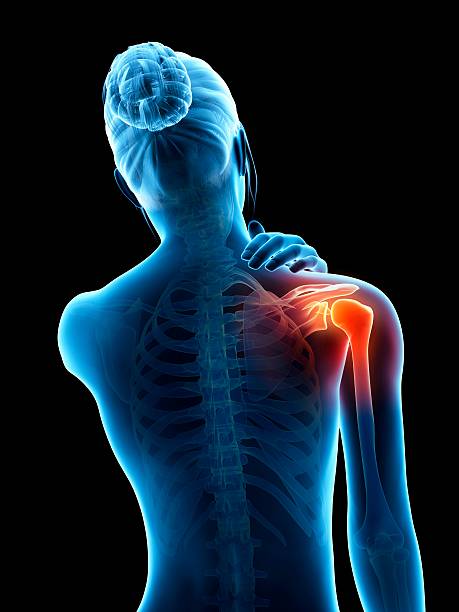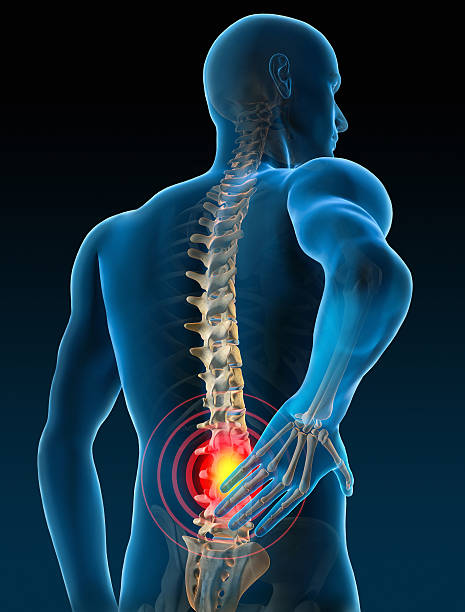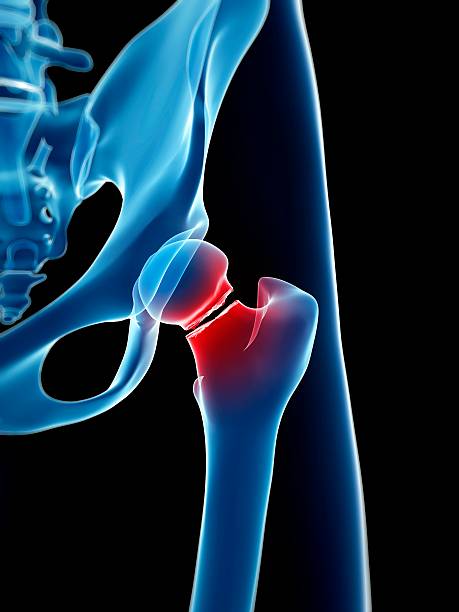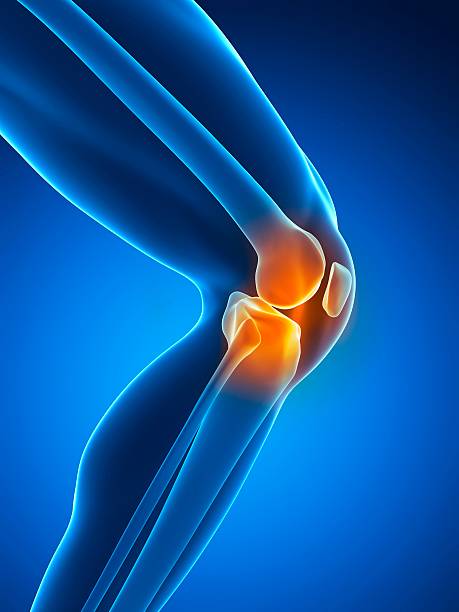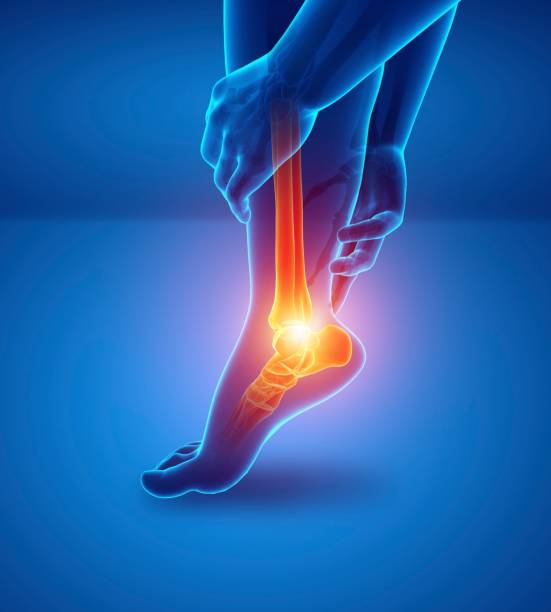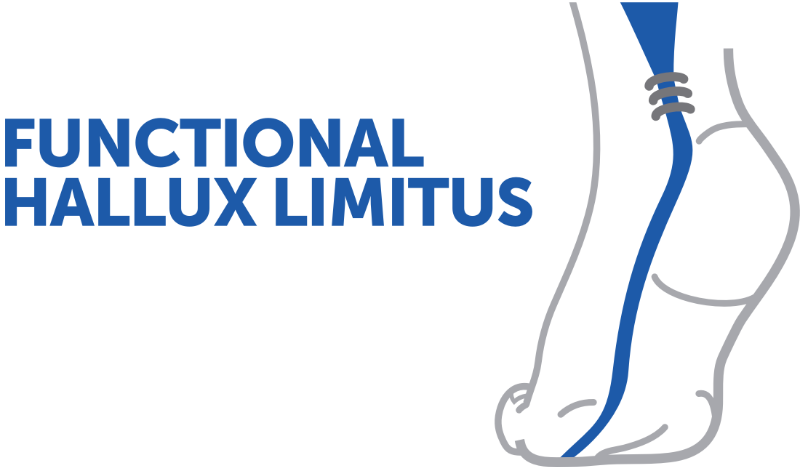Hip Osteoarthritis: Symptoms, Causes, and Treatments
Hip osteoarthritis is caused by cartilage wear and tear and causes mechanical pain that limits walking and quality of life. Treatments range from anti-inflammatory drugs to hip replacements, depending on the severity of the condition. A specialist's opinion can guide you toward the best treatment to remain active without pain.
Doctors
Topics
Treatments
Advice
- Dr. Jérémie Gozzo
- Definition of hip osteoarthritis
- Symptoms and impact
- Therapeutic options
- Processing purposes
- Anti-inflammatories
- Physiotherapy
- Joint injections
- Hip prosthesis
- Mechanical pains when loaded
- Progressive limitation of the walking perimeter
- Need for specialist advice
- Importance of the complete assessment
Information
Video type:
Anatomy:
Surgery:
Thematic:
Hip osteoarthritis: understanding the pain and its impact
Hip osteoarthritis results from the progressive wear and tear of the cartilage. It manifests itself mainly through mechanical pain, i.e., pain triggered by weight bearing, prolonged standing and walking.
This pain can radiate to the knee and be accompanied by a reduction in walking distance. Over time, quality of life and physical abilities diminish, sometimes with repercussions on posture and the back.
When to consult and what to look for during the assessment
Specialist advice is indicated in cases of groin pain or increasing stiffness, instability, or when daily activities become limited.
The clinical examination analyzes the pain (path, triggering factors), the amplitude, the gait. Imaging confirms the cartilage damage and looks for possible associated diagnoses (spine, knee).
Staying active without pain is the primary goal of treatment.
Conservative treatments and patient support
The first options combine therapeutic education, activity modification, weight loss if necessary, physiotherapy (strengthening, mobility), and short-term analgesics/anti-inflammatories.
Intra-articular injections may be discussed to overcome a painful period or refine the diagnosis.
When to consider total hip replacement (THR)
THA is proposed when advanced osteoarthritis causes major discomfort despite well-conducted treatment. The goal is to relieve pain, restore function, and allow a return to activities compatible with the joint. The choice of implant and surgical approach are personalized after a complete assessment.
The right treatment is the one that addresses your documented functional disability.
Preventing worsening and adapting your activities
Favor low-impact activities (cycling, swimming, walking on flat ground), spread out the effort throughout the day and respect the warning signs (night pain, blockage, rapid reduction in autonomy).
Regular monitoring allows treatments to be adjusted and surgery to be anticipated when the time is right.
Key message to the patient
Hip osteoarthritis is common but can be effectively treated. A gradual process, from physiotherapy to THA, aims to restore comfortable walking and an active lifestyle.
A specialized assessment individualizes decisions, taking into account your objectives.
Pathologies treated at the center
Hallux Limitus
Functional
Your pain has a cause.The balance sheet allows us to understand it.
- Gait analysis
- Posture Assessment
- Guidance on the right treatment
- Study of plantar supports and supports
- Detection of compensations
- Pain–movement correlation
The functional assessment allows us to understand how a joint or postural imbalance can trigger or perpetuate pain. Very often, imaging is normal, but movement is disturbed. By analyzing gait, weight-bearing patterns, or posture, we identify the weak links in the chain and guide targeted treatment adapted to the patient's actual mechanics.


